Production in Bottles
In Japan, bottle production of oyster mushrooms is most common (Figures 6a-d). Bottle production also is increasing in popularity in the United States. Substrate is filled into bottles contained in trays (usually 16 bottles per tray), sterilized, and inoculated with Pleurotus spp. spawn (Figure 6a-d). Upon completion of spawn run, bottle lids are removed and the surface of the substrate is scratched mechanically (1 to 2 millimeters of substrate surface containing mycelium are removed). Scratching is required to stimulate the mycelium to produce mushroom primordia uniformly on the surface. After the mushrooms are harvested, they are weighed and packaged for shipment to market (Figures 7a-d).
Figure 6. Process used for bottle production of Pleurotus eryngii. Bottles are filled and capped (A), autoclaved (B),
the substrate is inoculated and incubated ©, and mushrooms are induced to fruit (D).
the substrate is inoculated and incubated ©, and mushrooms are induced to fruit (D).
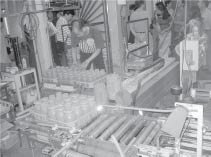 Fig.6a |
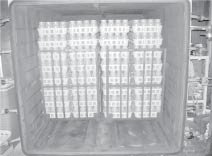 Fig.6b |
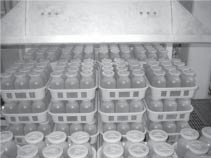 Fig.6c |
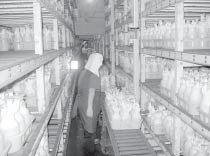 Fig.6d |
Figure 7. Fruiting of Pleurotus pulmonarius (A) and P. eryngii (B) from substrate contained in bottles.
Mushrooms are harvested on a conveyor line © then packaged for market (D).
Mushrooms are harvested on a conveyor line © then packaged for market (D).
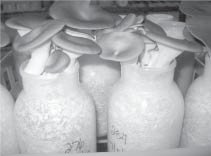 Fig.7a |
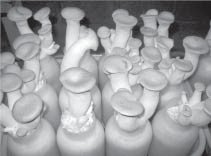 Fig.7b |
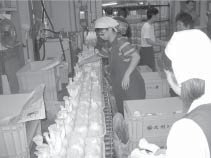 Fig.7c |
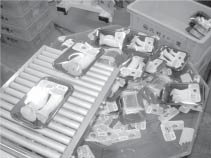 Fig.7d |
3841 view.